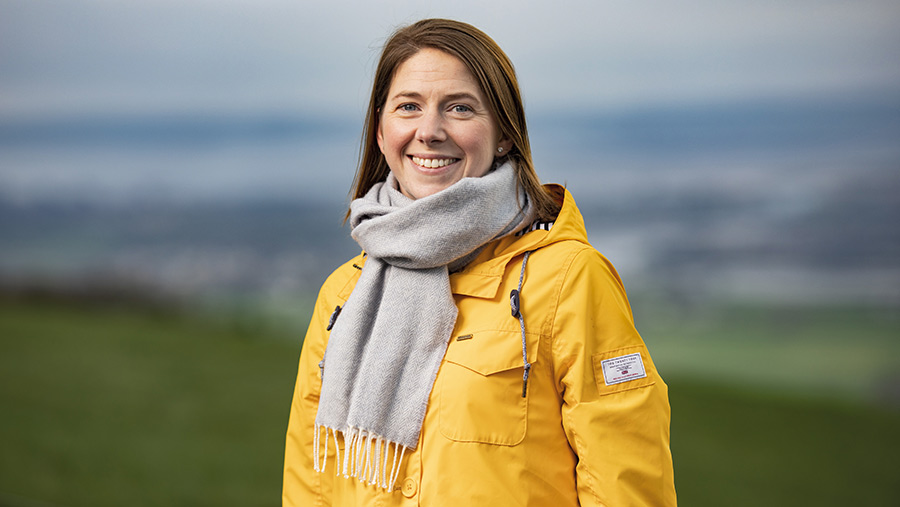Farmer Focus: A bull is done at five years old
 © Cathal Noonan
© Cathal Noonan September means crunch time for herd fertility performance in spring-calving dairy systems.
Some changes this year led to us accepting that performance would not be as good as it could be, given we had switched to using all sexed semen.
An 83% predicted six-week calving rate is a little off what we are used to, but improvements can be made.
Compact calving is the bedrock of profitable grass-based dairying and is driven by high submission rates and high conception rates.
For a cow to be submitted for service she has to be cycling, and the farmer must have a reliable method of heat detection.
Considering our submission rates were 100% in the first three weeks of the breeding season, we knew the cows had transitioned well.
The Sensehub heat detection collars did the rest in relation to heat detection.
Conception rates have a trio of key factors that play into successful outcomes: the cow, the bull, and the management that ties it all together.
See also: How spring calvers are milk recording to lift cow efficiency
Cow health is paramount. Covering the basics around preventable infectious diseases that impact on reproductive capacity such as leptospirosis, infectious bovine rhinotracheitis and bovine viral diarrhoea is an easy win with vaccinations.
Overall cow health comes down to management, but cow nutrition and energy intakes in those first 100 days after calving are key areas of focus.
Management also covers time of service, semen handling and the quality of artificial insemination (AI) provided which can be an issue when using a product such as sexed semen.
The final factor is the bull – whether that is a stock bull or via AI straws, it cannot be overlooked.
Our own Hereford bull, Jerry, has just finished his fourth season and we are retiring him.
Just like the guy from the Diet Coke advert a few years back, all Jerry had to do in his early career was look at a cow and she was in-calf, but time does take its toll.
Bull fertility declines from around five years of age, so getting four seasons from a bull is as much as you should plan for.
Despite the force being strong in some, age has a greater influence on outcomes beyond a certain point.

